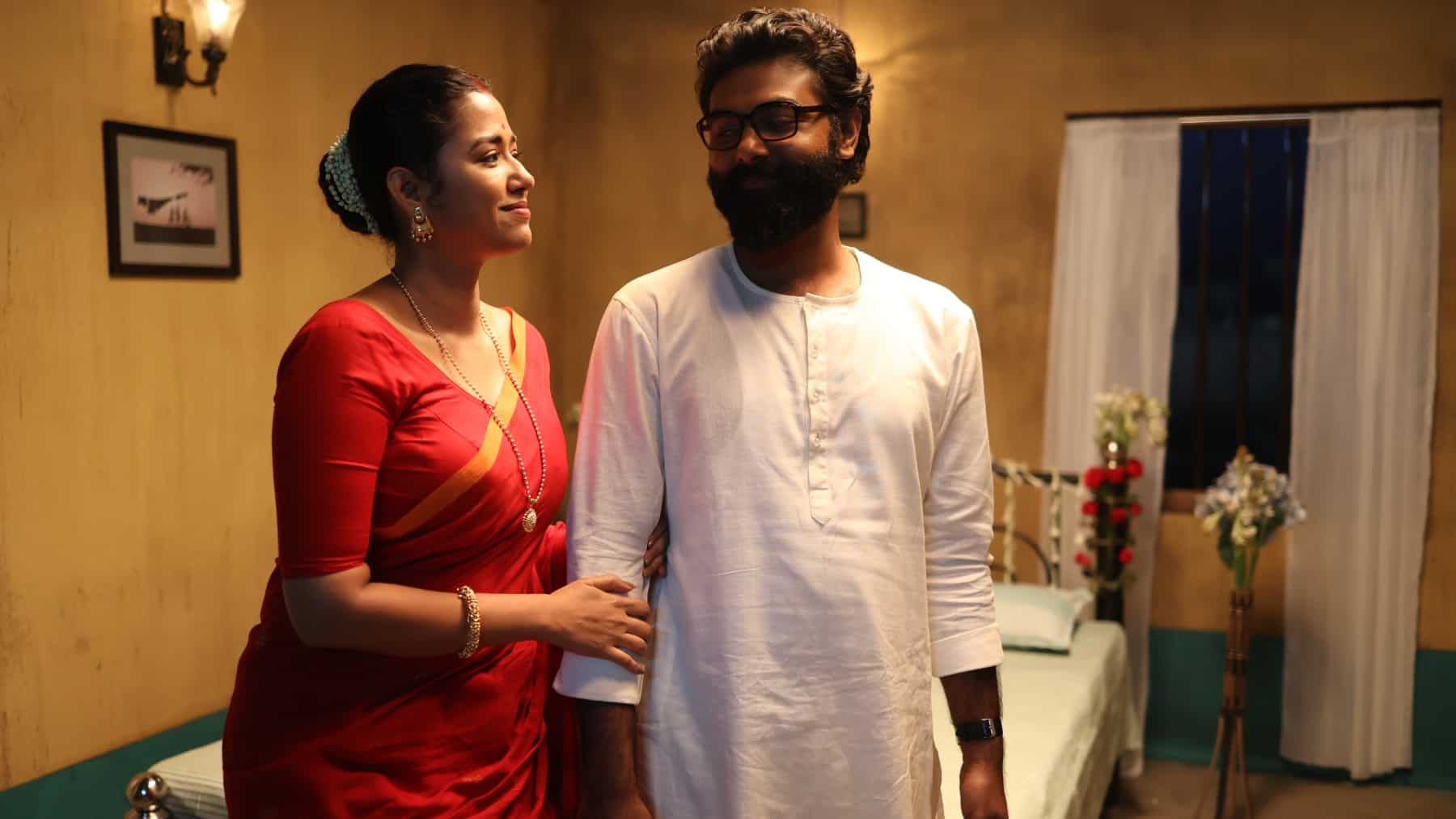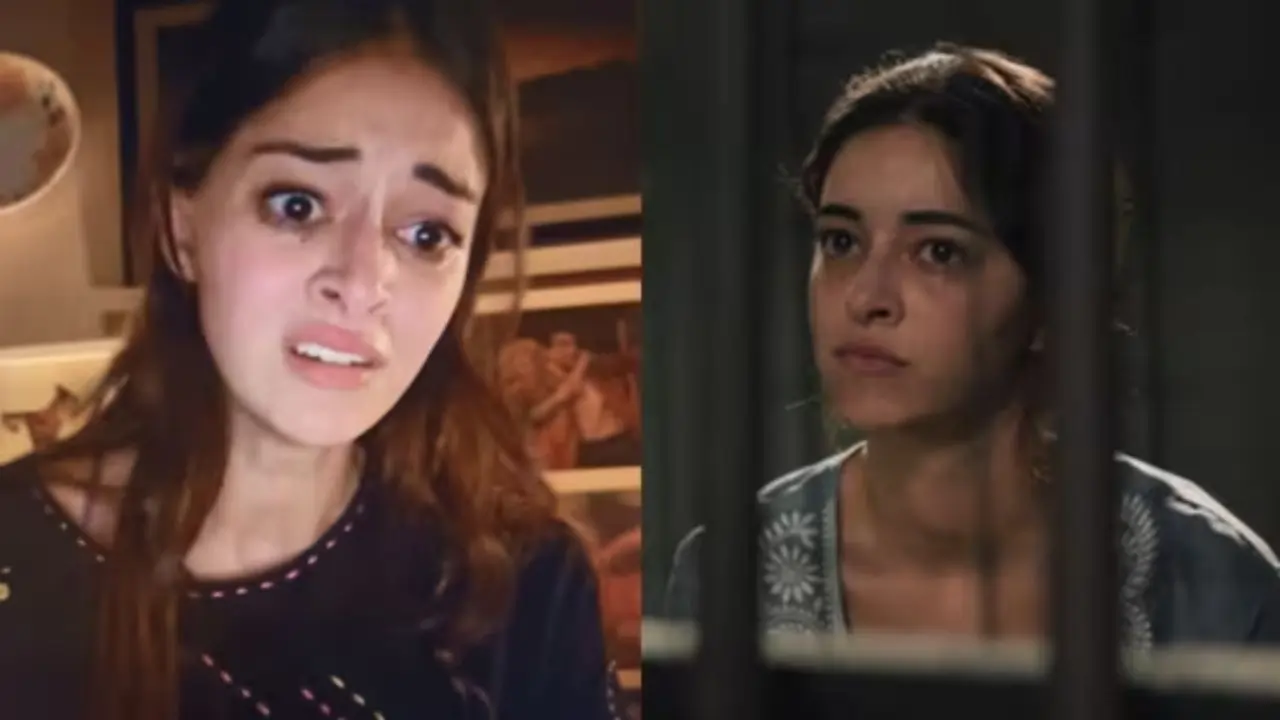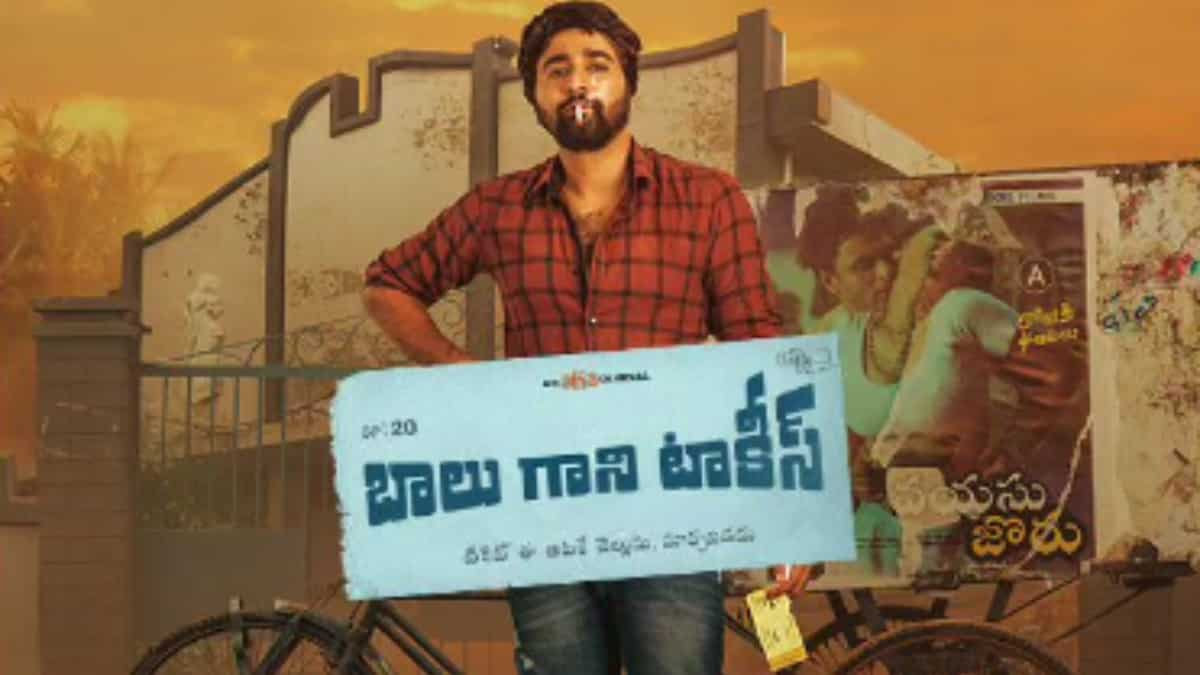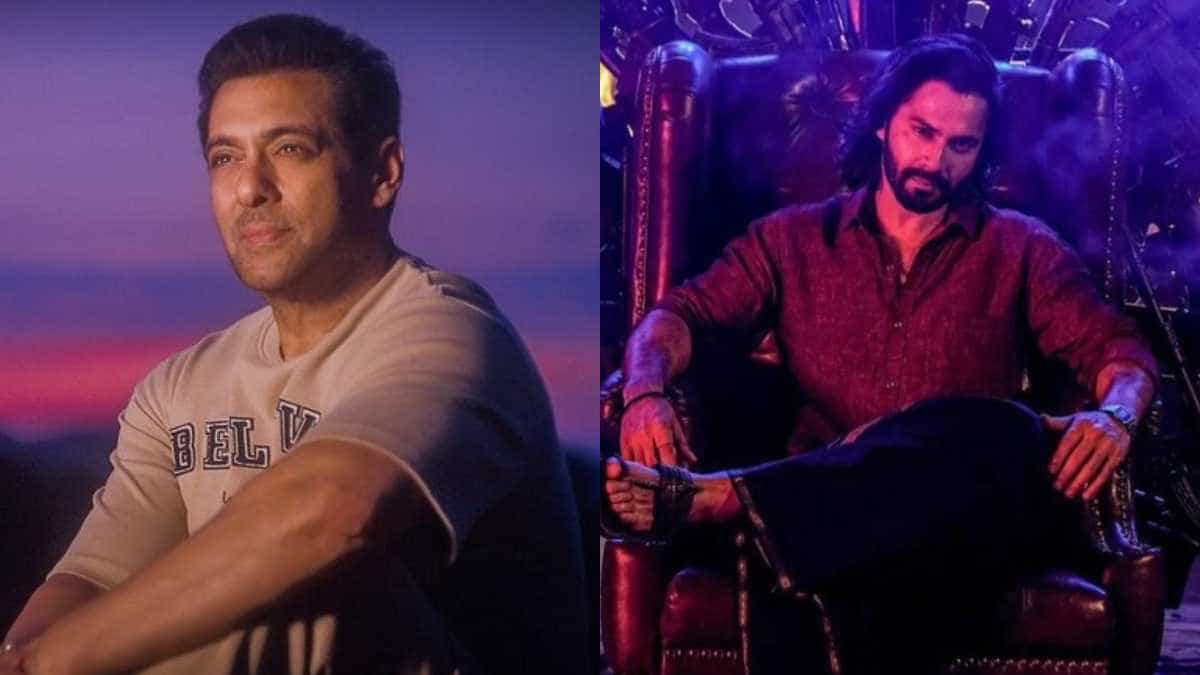
Athhoi review: Soumik Haldar’s cinematography casts a magical spell, too much of Anirban Bhattacharya staggers the charm
3 months ago | 46 Views
Athhoi story:
Athhoi is Arna Mukhopadhyay’s take on Othello. After staging a successful play from his theatre group Natadha, he debuts in film direction with Athhoi. His Iago is Gogo, aka Anagra Chatterjee (Anirban Bhattacharya). Gogo returns to Vinsura – their village – from his university in the US to play a game. He aims to defeat Athhoi Lodha (Arna’s Othello, played by Arna) – his childhood frenemy who hails from the Dalit caste. Years ago, Gogo’s father and local landlord gave Athhoi shelter at his palatial mansion after he lost his mother to poverty and malnutrition. Despite wearing Gogo’s rejected clothes, Athhoi defeated his master’s son in their classrooms, football fields, and even in romantic fields. Currently, both of them are doctors. While Gogo pursues cancer research in the US, Athhoi dreams of building a healthcare centre in their village. He marries Diyamona Mukherjee (Desdemona), played by Sohini Sarkar. Gogo maliciously ignites jealousy in Athhoi.
Athhoi review:
In a country that is plagued with casteism even in the 21st century and bears the recent trauma of Rohit Vemula, Indianised Othello defending humanity from discrimination works well. The film begins with the credit scroll with names without surnames is undoubtedly symbolic. The premise of Athhoi is perfect. However, it is the characters in this context that seem all over the place.
Shakespeare’s Othello’s universal appeal lies in the most basic ill of all: jealousy. Iago is perhaps one of the finest literary villains created ever and it is his jealousy and Othello’s hubris that make the play an absolute timeless gem. Arna puts forward an effort to make something out-of-the-box with this popular literary work. Some of it works and some fail.
The film is lavishly shot. Soumik Halder’s cinematography is the best takeaway from the film. Not only the lush outdoors, but even the intimate scenes, indoor shots of young Athhoi and Gogo, and Diya and Athoi’s romance are all captured delectably. The use of light, fire, and darkness is perfected by the directorial team. It looks gorgeous.
The film is also dotted with fabulous music. The songs are not only well composed but also rendered fabulously by Titash Bhromor Sen, Durnibar Saha, and others. The film opens and ends with a Lalon song, Bod Hawa, and it is gloriously sung by Titash. Not just the song, but the film has outstanding BGM. Athhoi is full of extremely high-octane moments. It is its fitting BGM that makes those shots palatable.

On the other hand, the writing and execution of Athoi are not flawless. The characters, as mentioned before, demanded a tad more care. Take Athhoi for example. He is righteous but there is no reason why he is so prudish. Such is his prudishness that he gets scandalised to see a sleazy dance number taking place in his village. It seems unrealistic for a man who has grown up in a small village and has his exposure to a big city.
In Arna’s Othello, Iago meets Batman’s Joker. He is not only motivated by hate but also goes over the top to express it. He is unidimensionally evil and also full of showmanship he can’t escape. This, together with Anirban’s theatrics, takes a lot of screen time in Athhoi. Initially, Gogo’s constant conversation with the audience through breaking the fourth wall seems enjoyable. However, it becomes a bit tiresome after a while. Gogo usurps the screen time and as a result, other characters and their emotional reasonings take the backseat.
Every woman character in Athoi is painted with great disdain. In Vishal Bhardwaj’s Onkara, Indu (Emilia), Dolly (Desdemona), and even Billo (Bipasha Basu) are strong personalities. In Athhoi, women characters are lacklustre and most annoyingly, looked down upon. Mimi Dutta beautifully performs a character, Mili, who is not only used and humiliated by Gogo but also disrespected by the writer. Similarly, Pinky (Ditipriya Roy) is as ‘available’ and gullible as Mili. They are taken for granted without an iota of resistance, so much so that it borderlines misogyny.
Furthermore, there are some other problems too. Besides being manipulated by Gogo, Athhoi also gets triggered by the grim global news on Radio. From reports of malnutrition to climate change catastrophes and bombarded Rafah – all seem to stoke the monster in him. However, these social commentaries are so out of place in the film that they seem imposed and pretentious. Social awareness needs more than lip service and a film like Athhoi doesn’t help. Lastly, a little more care about the use of English could help.
Athhoi verdict:
Athhoi has its ups and downs. It is a technically sound film and a fabulous effort by Arna and his team. The Bengali film industry doesn’t offer us experimentation. Athhoi scores really high on that side. What it lacks is empathy. A bit more love could do well. It is surely worth a watch.





















